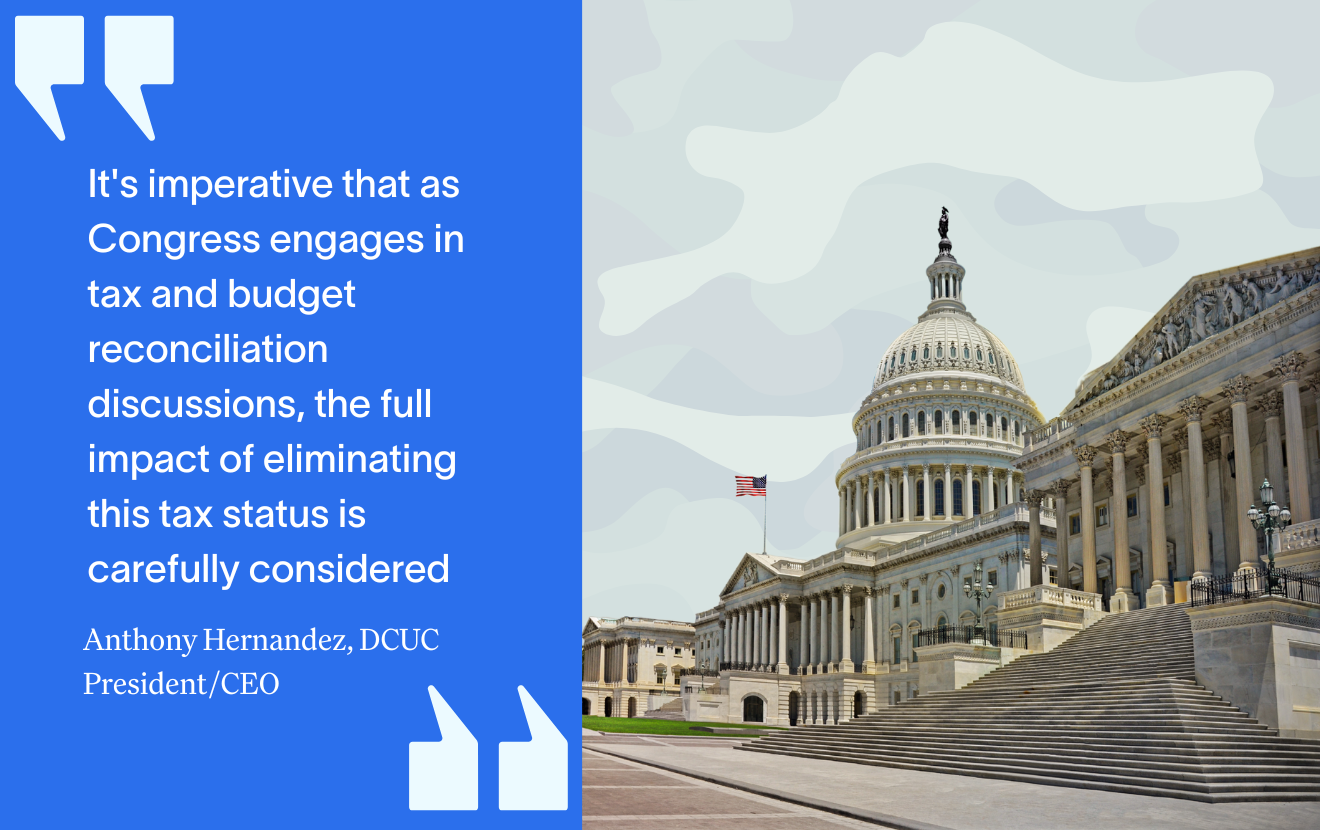Credit unions need to meet members where they are, designing products that reflect their lifestyles and preferences, and that foster personal connections. This concept is known as human-centered design, and it is transforming the consumer world.
While in the past consumers have been forced to grapple with and adapt to new technology, modern design and technological advances are ushering in a new era in which just the opposite occurs – technology now molds itself to us. And it speaks to our values.
This shifting paradigm has broad implications for credit unions, their product mix and their approach to member engagement, especially as member interactions increasingly pass through mobile and digital channels.
What is Human-Centered Design?
First and foremost, human-centered design is empathetic. The concept looks at the world through the eyes of a consumer and strives to solve their problems while enriching their experience. For credit unions, it is a process that considers the member experience from end to end and involves member input throughout the development cycle. It yields products that deliver flawless utility for members at the speed of the mobile devices they cherish, and that are ever-fortified with security for optimum trust and peace of mind. And, the process thoughtfully recognizes members as individuals and considers how to tailor offerings to each member’s unique needs and preferences.
Engaging Today’s Digital Consumer
Digital and mobile technologies are deeply embedded in today’s consumer landscape, and members base their expectations of your credit union accordingly. And what their digital experiences have taught them is to expect speed, simplicity and convenience every time they engage with you.
And as your members flow from one channel and product to the next, they expect the experience to be seamlessly branded. They value messaging that is impactful and consistent across channels, digital functionality that feels familiar from device to device, and personalization at every touchpoint, regardless of when, how and where the interaction occurs.
Human-Centered Payments
Payments are central to the member experience, which is why the world’s savviest fintech companies are applying human-centered design to reduce friction in payment transactions – both digitally and at the point of sale. New P2P and M2P technologies are transforming bricks-and-mortar shopping into a more engaging and customized experience. And e-commerce transactions are incorporating the instant gratification of physical shopping by including same-day delivery.
Payments technology is also becoming smarter and more intuitive by the day. Consider that gift cards, loyalty programs, promotional offers and rewards are converging into a single asset built into a digital ecosystem. Like a magic wand, mobile devices can or soon will be waved at checkout for transactions that instantly process all of the above.
And while members may have required instruction on how to use new payments technologies, future innovations will guide members through transactions naturally – sans explanation.
Ultimately, human-centered design will elevate the member experience and set the stage for interactions that are more fluid and meaningful for everyone involved.
Beyond the Consumer
While human-centered design is revolutionizing the consumer experience, it is also addressing broader challenges faced by communities.
For example, TOMS Marketplace applies human-centered design to its business model to match a consumer’s desire to “give back” with a mechanism that enables them to do so.
When a consumer purchases a pair of shoes through TOMS, a second pair is delivered on that customer’s behalf to someone living in poverty. For each pair of eyeglasses purchased through TOMS, another is sent to someone in dire need of the gift of sight. TOMS’ guiding mission to improve the human experience helps solve real-world issues while enriching the lives of consumers as well.
Another example of how human-centered design is transforming communities is the relationship between Walgreens and TaskRabbit. Founded on the premise of neighbors helping neighbors, TaskRabbit operates in 19 cities nationwide to match consumers in need of common chores with “taskers” in their community that are available to help.
Walgreens now partners with TaskRabbit to help flu sufferers receive over-the-counter medications by enabling “taskers” in their neighborhood to pick up and deliver these remedies for a fee that is automatically processed in the app.
Acting on Your Mission
As a credit union, your underlying mission of people helping people fits squarely with the fundamentals of human-centered design. Empathy for your members and the community at large resides deep in your DNA and informs your strategic plan and world view.
Applying an empathetic approach to products, services and outreach efforts will not only enhance the member experience you provide, but will also serve as a point of differentiation between your credit union and big banks.







